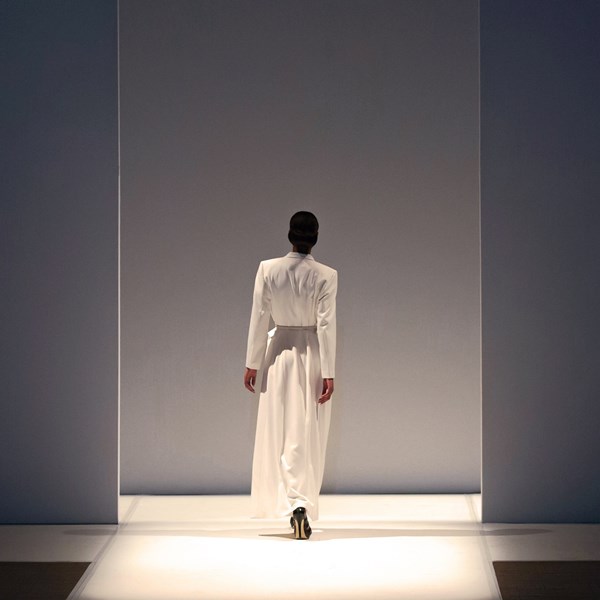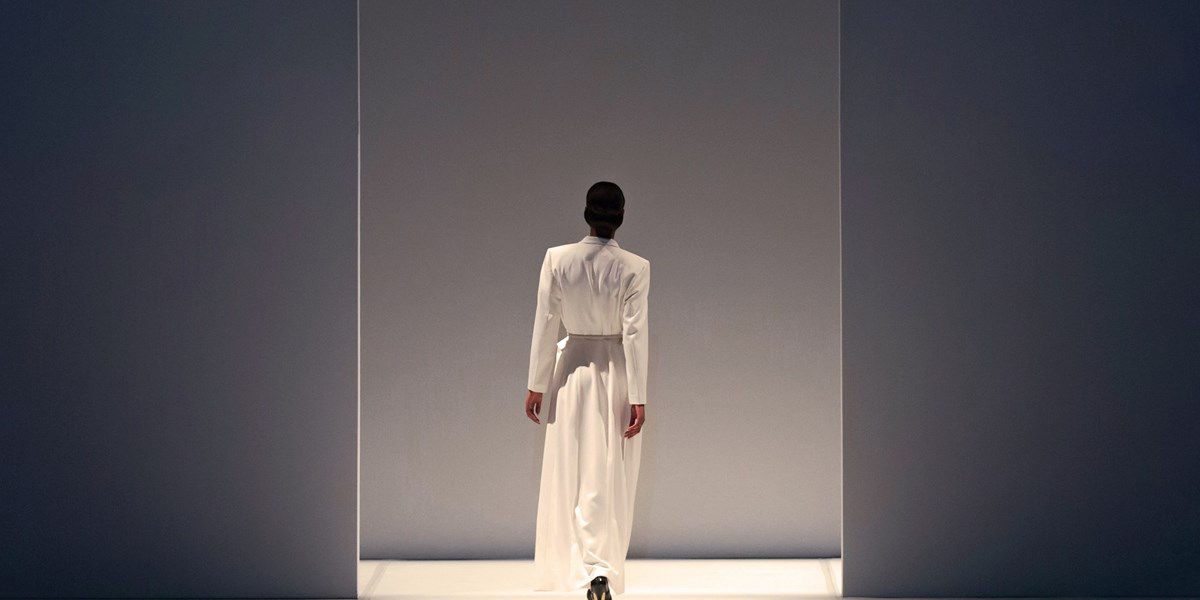From the battlefield to “Y2K”, and now the S/S’23 runway, “cargo trousers”, or “cargo pants”, have been a British clothing staple for more than 80 years. Therefore, the hurdle to be able to rely on unregistered design rights to protect such designs in the UK is high in such a crowded field; designers must be able to rebut any claim that their designs are not sufficiently “original”. A UK judgment, handed down last week, highlights the need for designers to assess the merits of their case before asserting infringement of UK unregistered design right (UKUDR) before the UK Court.
THE CARGO TREND
Cargo pants were first sported by the British Armed Forces as functional battle dress for World War II. Made from durable fabric with loose straight trouser legs, robust stitching and large side pockets to hold troops' essentials on the battlefield, they are the archetypal functional garment. Cargo pants have also remained a popular workwear item, worn in a wide range of manual and skilled trades.
Yet between the mid-‘80's to 2000's, cargo pants also became a fashion “must have” and a staple across popular culture, including in music videos and even the red carpet.
Owing to the cyclical nature of fashion, in particular the current "Y2K" (year 2000) fashion trend, it is no surprise that the "cargo trend" is back as a key runway trend for S/S’23. The cargo trend, owing in large part to cargo pants, loosely incorporates utilitarian elements such as large pockets, rugged stitching, hardwearing fabric and military colours.
CARGO DESIGN DISPUTE
Considering the reimagining of cargo pants by the fashion sector, it is timely that the UK Court was recently asked to determine the originality of a design for workwear cargo trousers (see judgment here). KF Global Brands filed a claim, in the UK Intellectual Property Enterprise Court, for infringement of the UK unregistered design right it claimed subsisted in the design of its cargo trousers. UKUDR protects the shape and/or configuration of an article (whereas other design rights also go on to protect surface decoration as part of the appearance of the article). UKUDR therefore would appear to suitably protect the garment in question, given its functional appearance and absence of surface decoration. However, designs will only qualify for UKUDR if the designer has not copied it and it is not commonplace in the field at the time. Originality is considered a relatively low threshold, but one which ultimately needs to be established through evidence, if originality is challenged by way of defence to infringement.
Indeed, in this case, the three defendants, Lead Wear Limited and its director, the producers of the trousers, and a third party who purchased 500 pairs and sold them on his eBay page, alleged that no such rights were available for the claimant’s design since it had in fact been copied from an earlier Aldi cargo trouser design.

Above: the claimant’s trouser design specification (top left), Aldi’s trousers (top right), and the defendants’ trousers (bottom).
Dismissing the claim, the Court determined that no UKUDR subsisted in the claimant’s cargo trousers design. The Court concluded that the claimant’s cargo trousers lacked originality over the previous pair produced and sold by Aldi in-store for £8.99. In fact, the Court ruled that the claimant had copied Aldi's design, save for minor differences – the main being that the functional pen loops in Aldi’s design had been replaced in the claimant’s design with a pen pocket. This difference was deemed so minor so as to not create new UKUDR in the claimant's trousers as a whole, in line with existing case law on this point.
COMMENT
The design rights regime in the UK offers an important tool for those operating in the fashion industry, together protecting the appearance, shape and configuration of fashion garments produced each season. Yet, in respect of UKUDR, this case highlights that the Court will not simply make assumptions as to the originality of the claimants’ designs. Designers should be confident of the subsistence of relevant design rights (obtaining appropriate legal advice) before bringing any claim for infringement, particularly since alleged infringers routinely draw on designs existing in the field to disprove originality and defeat infringement claims. In saturated design fields, such as for staple fashion garments, demonstrating originality may be a trickier task, and solid evidence of actual copying of third party designs ultimately determinative.
Fashion designers should routinely record and document the creative process behind each design, which may be vital to the successful enforcement of its rights in Court.





